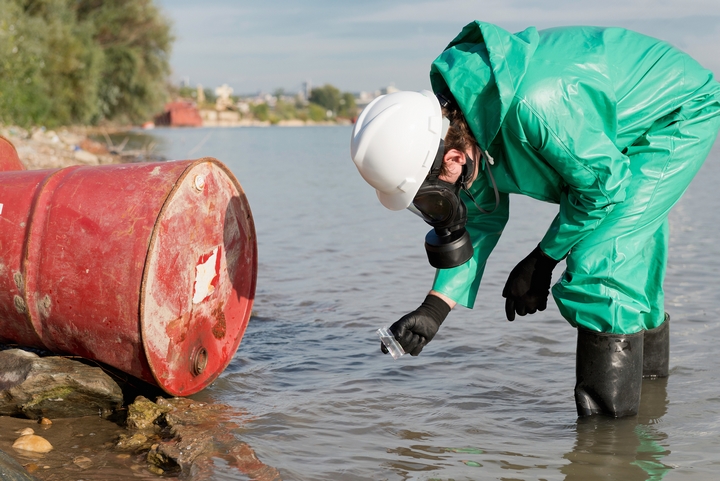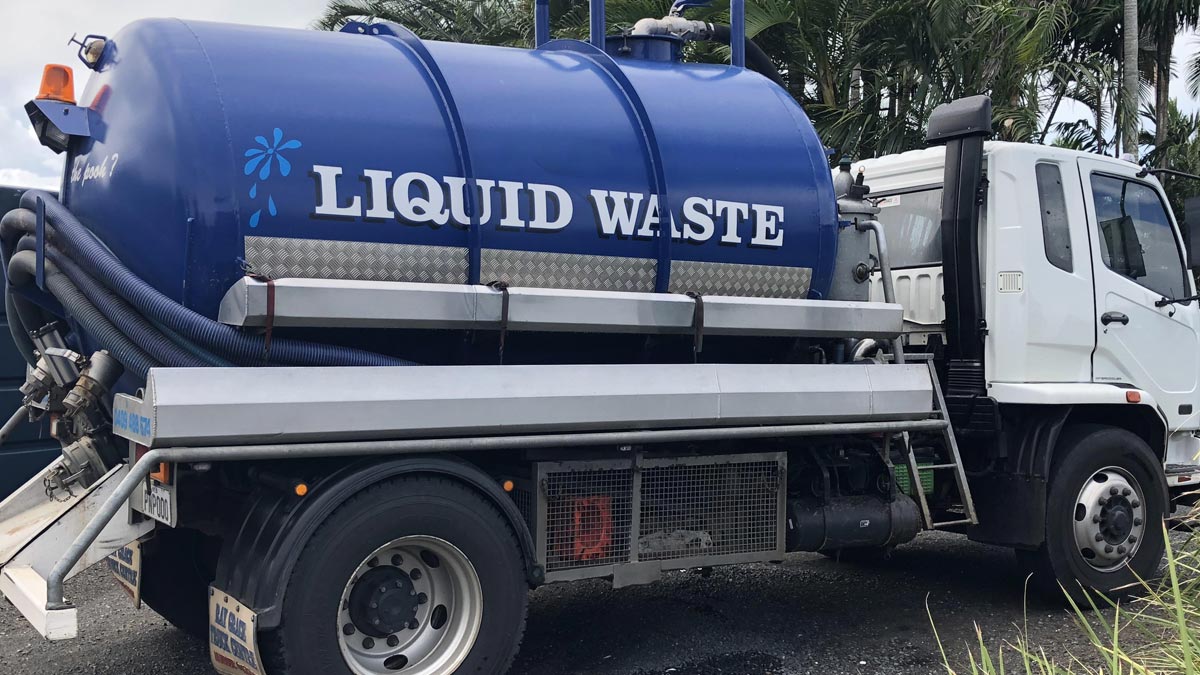Expert Liquid Waste Removal Melbourne: Fast and Budget Friendly Providers
Expert Liquid Waste Removal Melbourne: Fast and Budget Friendly Providers
Blog Article
Exactly How Fluid Waste Disposal Works: A Detailed Review of Methods and Technologies Utilized

Summary of Fluid Waste Kind
The complexity of liquid waste types necessitates a detailed understanding of their characteristics and implications for disposal. Liquid waste can broadly be classified right into several types, including industrial, municipal, farming, and contaminated materials. Each group shows distinctive properties, calling for details management strategies to minimize ecological and health and wellness risks.
Industrial liquid waste stems from manufacturing processes and often has a variety of contaminants, such as hefty metals, solvents, and organic substances. Local fluid waste, mainly comprising wastewater from houses and business establishments, contains raw material, nutrients, and microorganisms (industrial wastewater treatment). Agricultural fluid waste, consisting of runoff from ranches, may contain plant foods, pesticides, and pet waste, presenting dangers to water quality and ecological communities
Harmful liquid waste is identified by its toxicity, sensitivity, or prospective to cause damage. This category consists of substances like acids, bases, and particular chemicals that necessitate rigorous handling and disposal procedures. Recognizing these diverse fluid waste types is critical for establishing reliable disposal techniques and making certain conformity with environmental guidelines. Proper classification and characterization are crucial for executing appropriate treatment strategies and lessening the damaging effect on public wellness and the environment.
Physical Treatment Techniques

Testing is the preliminary step, where bigger bits and particles are removed from the fluid waste making use of screens or grates. In sedimentation containers, much heavier bits settle at the base, developing a sludge layer, while the cleared up liquid can be further dealt with.
Filtering is another crucial technique that entails passing the liquid through permeable materials, such as sand or membrane layers, to catch smaller sized fragments. This step improves the quality of the fluid, making it appropriate for subsequent therapy procedures.

Chemical Treatment Strategies
Chemical treatment strategies are vital for effectively handling fluid waste, especially in addressing liquified and colloidal impurities that physical techniques may not properly eliminate. These techniques use numerous chemical agents to reduce the effects of, speed up, or change dangerous compounds right into less dangerous types.
One usual method is coagulation and flocculation, where chemicals such as alum or ferric chloride are contributed to advertise the aggregation of suspended bits. This procedure enhances sedimentation, permitting for much easier removal of the resulting sludge. Furthermore, oxidation processes, employing representatives like chlorine or ozone, are used to damage down complex organic substances and pathogens, rendering the waste safer for discharge or additional therapy.
Neutralization is an additional vital strategy, which readjusts the pH of acidic or alkaline waste streams to neutral degrees, preventing prospective damage to downstream systems and the setting. In addition, progressed oxidation procedures (AOPs) make use of mixes of oxidants and ultraviolet light to weaken relentless pollutants, accomplishing a greater degree of treatment performance.
Organic Therapy Processes
Biological therapy procedures play an important visit the website duty in the management of fluid waste by making use of microorganisms to disintegrate natural issue and lower pollutant levels. These procedures can be extensively categorized right into anaerobic and aerobic therapies, each employing specific microbial communities to attain reliable waste degradation.
Aerobic treatment includes using oxygen to help with the failure of natural products by microorganisms. This procedure is typically carried out in triggered sludge systems, where aeration containers provide a conducive environment for microbial growth, causing the oxidation of organic toxins. The resultant biomass can be separated from dealt with effluent via sedimentation.
On the other hand, anaerobic therapy occurs in the lack of oxygen, relying upon various bacteria to damage down organic matter. This technique is specifically helpful for high-strength waste, as it generates biogas, a renewable resource resource, while minimizing sludge production. Technologies such as anaerobic digesters are often employed in metropolitan and commercial applications.
Both anaerobic and aerobic organic treatments not just minimize the ecological influence of liquid waste yet likewise facilitate resource healing, making them essential elements of sustainable waste monitoring approaches. Their performance, effectiveness, and adaptability sustain their widespread application across different industries.
Arising Technologies in Disposal
Ingenious methods to fluid waste disposal are swiftly developing, driven by improvements in innovation and an increasing focus on sustainability. Amongst these arising innovations, membrane layer bioreactors (MBRs) have actually acquired traction for their ability to combine organic treatment with membrane filtration, leading to high-grade effluent that can be reused in various applications. MBRs enable smaller sized footprints and a lot more effective procedures contrasted to typical systems.
Another promising advancement is making use of anaerobic food digestion integrated with nutrient healing modern technologies, which not just deals with fluid waste however additionally creates biogas and recoups beneficial nutrients like nitrogen and phosphorus. This twin benefit enhances source performance and lowers ecological effect.
Furthermore, progressed oxidation procedures (AOPs) are being embraced for the deterioration of complex organic contaminants. These techniques utilize effective oxidants go to this website and stimulants to damage down contaminants at the molecular level, supplying a very reliable remedy for difficult waste streams.
Furthermore, the integration of artificial knowledge and artificial intelligence in waste monitoring systems is optimizing operational performance and anticipating upkeep, bring about minimized costs and boosted ecological compliance. These innovations show a significant change towards even more reliable and lasting fluid garbage disposal practices.
Verdict
In conclusion, efficient fluid waste disposal necessitates a detailed understanding of numerous techniques and modern technologies. By continuously advancing these methods, it comes to be feasible to address the expanding challenges linked with liquid waste, ultimately contributing to environmental defense and resource recovery.
Liquid waste disposal is an essential aspect of environmental management, needing a thorough understanding of numerous strategies and technologies tailored to various waste kinds. Fluid waste can broadly be categorized into several kinds, consisting of commercial, metropolitan, farming, and hazardous waste. Agricultural liquid waste, consisting of drainage from ranches, might consist of plant foods, chemicals, and pet waste, presenting dangers to water high quality and environments.
Different physical treatment techniques play a vital function in managing liquid waste properly - industrial wastewater treatment.In verdict, reliable fluid waste disposal requires an extensive understanding click here now of various strategies and modern technologies
Report this page